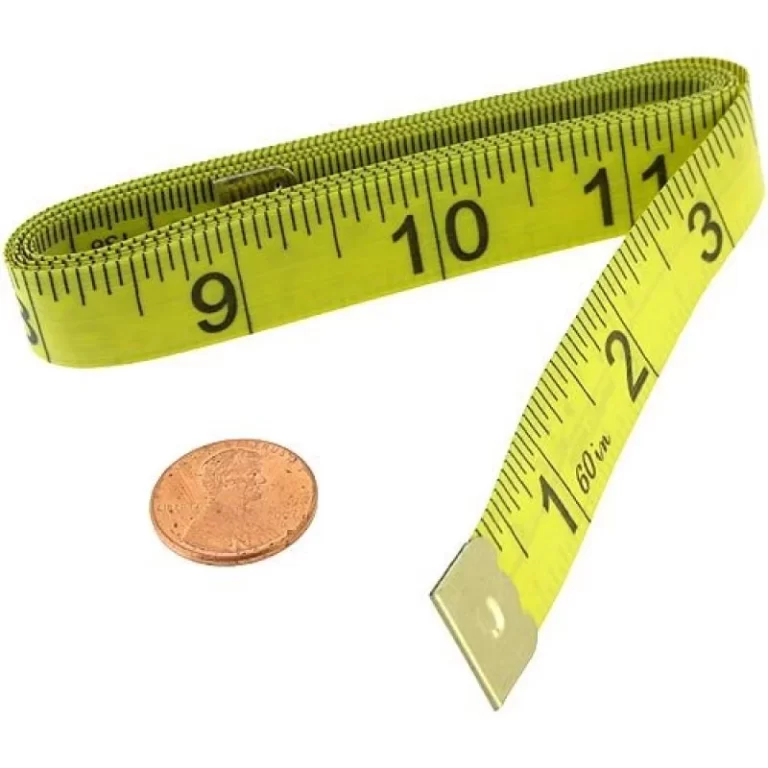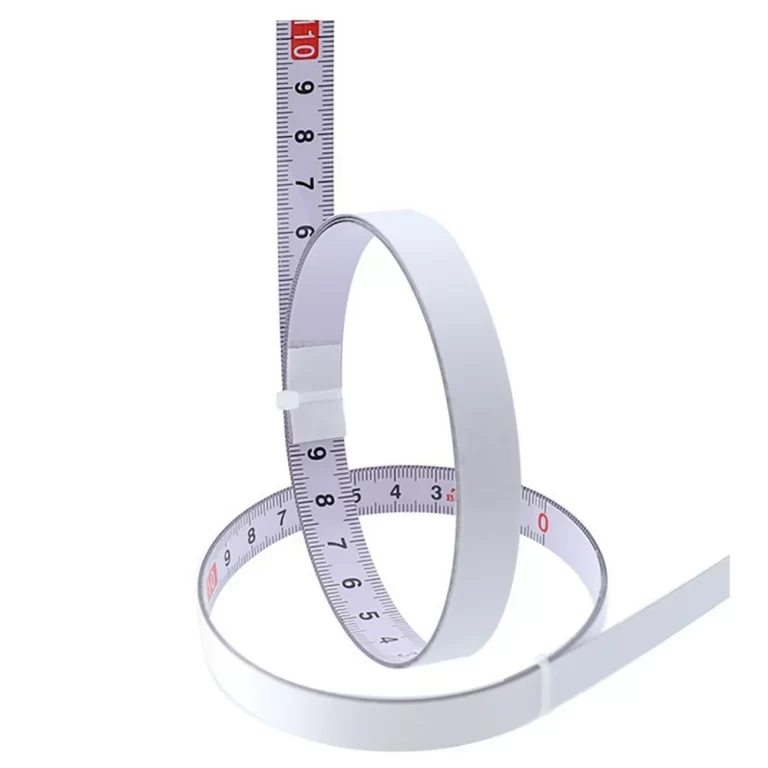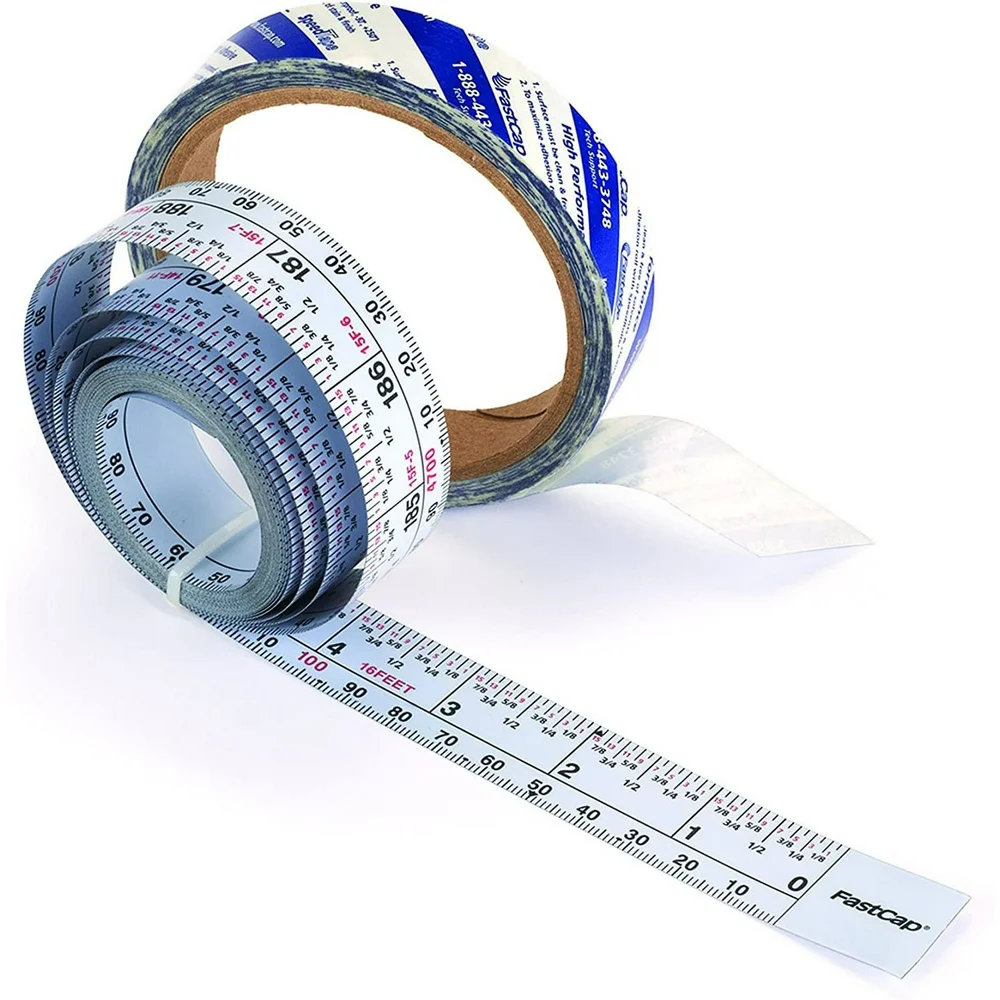
What is Half of 3 3/8 on a Tape Measure: Guide to Measurements
Understanding “what is half of 3 3/8 on a tape measure” is crucial for DIY enthusiasts, carpenters, and anyone who frequently engages in projects requiring precise measurements. Whether you’re cutting wood, installing fixtures, or crafting intricate designs, knowing how to accurately halve fractions on a tape measure can save you time, money, and frustration. This comprehensive guide explores various techniques, common mistakes, and valuable tips to help you master this essential measurement skill.
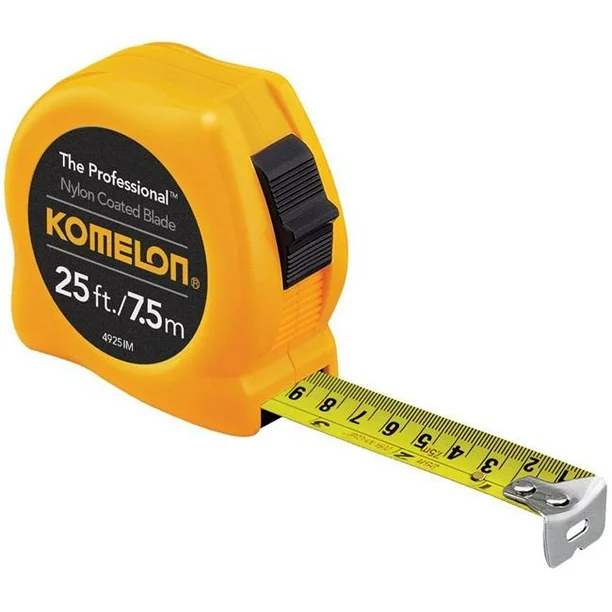 How to ‘See’ Fractions on a Tape Measure Without a Calculator
How to ‘See’ Fractions on a Tape Measure Without a Calculator
Reading and interpreting fractions on a tape measure can be daunting, especially without a calculator. However, with practice and the right techniques, you can accurately “see” and calculate fractions like half of 3 3/8 inches effortlessly.
Familiarize Yourself with Common Fractions
Start by recognizing the standard fractional markings on your tape measure:
- 1/2 Inch
- 1/4 Inch
- 3/8 Inch
- 1/8 Inch
- 1/16 Inch
Understanding these will help you quickly identify and work with various measurements.
Use Reference Points
When determining half of 3 3/8 inches, use the whole number as a reference point. Identify 3 inches first, then focus on the 3/8-inch fraction.
Practice Regularly
Consistent practice enhances your ability to read fractions accurately. Measure different objects and calculate fractions of those measurements to build confidence and proficiency.
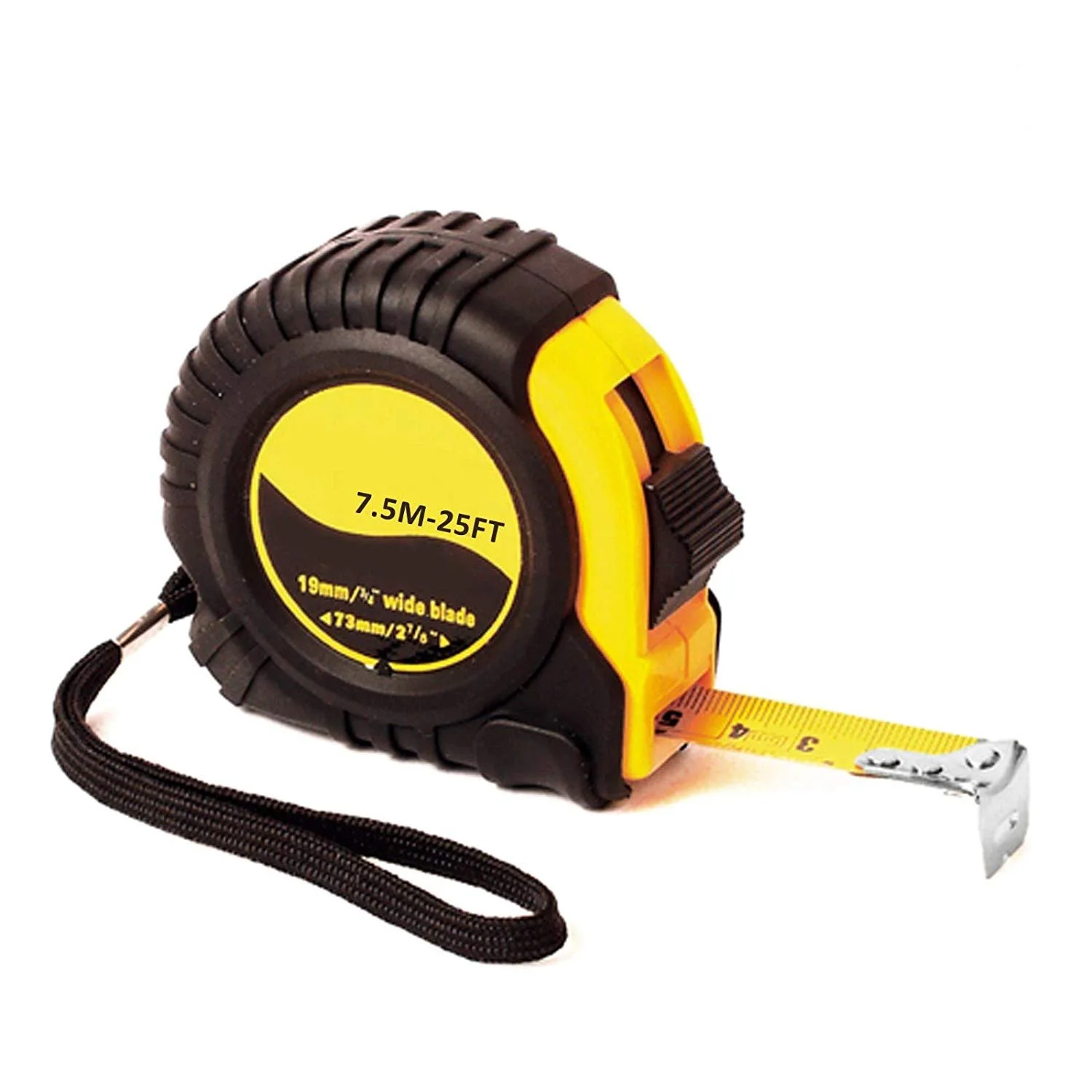 The DIY Project Where Half of 3 3/8 Almost Cost Me $500
The DIY Project Where Half of 3 3/8 Almost Cost Me $500
Calculations can significantly impact the outcome of DIY projects. Let me share a personal experience where misunderstanding half of 3 3/8 inches nearly led to a costly mistake.
The Scenario
I was installing custom shelves that required precise measurements. According to the plan, each shelf needed to be cut to half of 3 3/8 inches thick. Miscalculating this measurement could have resulted in shelves that were either too thick, wasting material, or too thin, compromising their strength.
The Mistake
Initially, I thought half of 3 3/8 inches was 1 3/8 inches. I proceeded with this incorrect measurement, only to realize later that the correct value was 1 11/16 inches. This oversight would have led to improperly fitting shelves, necessitating costly replacements and additional materials.
The Lesson
By taking the time to accurately calculate half of 3 3/8 inches, I avoided a significant financial loss and ensured the shelves were both functional and aesthetically pleasing. This experience reinforced the importance of precise measurements in DIY projects.
Why Fractions on a Tape Measure Work Like a Secret Code (And How to Crack It)
Fractions on a tape measure might seem like a complex system, but they function much like a secret code. Once you learn to decode it, measuring becomes intuitive and straightforward.
Understanding the Code
Each fractional mark on a tape measure represents a specific portion of an inch. Familiarize yourself with what each mark stands for:
- 1/2 Inch: The longest minor mark between two whole inches.
- 1/4 Inch and 3/4 Inch: Slightly shorter than the 1/2-inch mark, positioned to divide the inch into quarters.
- 1/8 Inch and 3/8 Inch: Smaller marks that further divide the inch for more precision.
- 1/16 Inch: The smallest marks, allowing for very fine measurements.
Cracking the Code
To effectively use this “secret code”:
- Start with Whole Numbers: Identify the nearest whole inch.
- Identify Key Fractions: Recognize the primary fractional marks (1/2, 1/4, 3/4).
- Count Smaller Marks: For more precise measurements, count the smaller 1/8 and 1/16 marks between the main fractions.
- Combine Techniques: Use both counting and visual recognition to determine exact measurements like half of 3 3/8 inches.
By systematically understanding and applying these fractional divisions, you can accurately interpret any measurement on a tape measure.
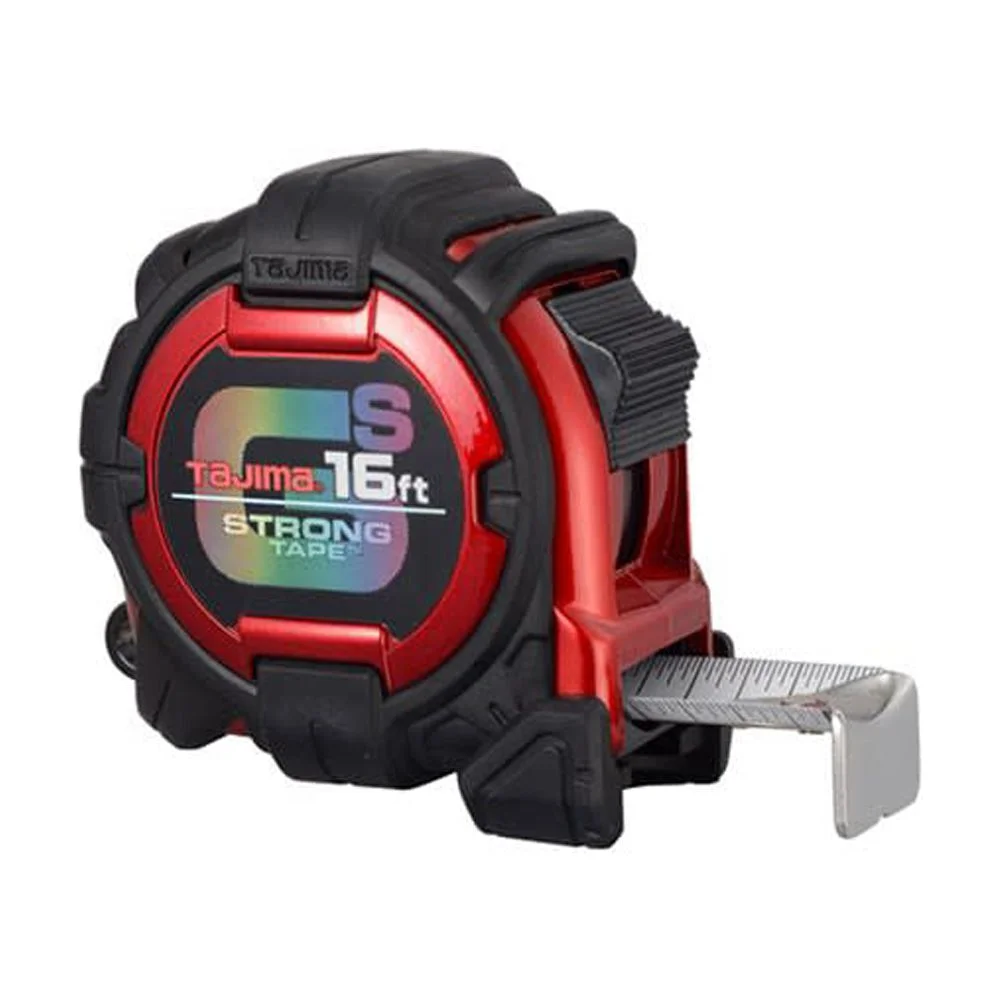 The Visual Guide to Fractions That Makes Half of 3 3/8 Easy to Find
The Visual Guide to Fractions That Makes Half of 3 3/8 Easy to Find
A visual guide can simplify the process of finding half of 3 3/8 inches on a tape measure. Visual aids help in quickly identifying and calculating fractions without getting bogged down by complex math.
Creating a Visual Fraction Chart
Develop a simple chart that maps out each fraction alongside its equivalent in decimals and sixteenths. For example:
| Fraction | Decimal | Sixteenths |
|---|---|---|
| 1/8 | 0.125 | 2/16 |
| 1/4 | 0.25 | 4/16 |
| 3/8 | 0.375 | 6/16 |
| 1/2 | 0.5 | 8/16 |
| 5/8 | 0.625 | 10/16 |
| 3/4 | 0.75 | 12/16 |
| 7/8 | 0.875 | 14/16 |
Using the Visual Guide
When you need to find half of 3 3/8 inches:
- Locate 3 3/8 Inches on the Tape Measure.
- Refer to the Chart: Half of 3 3/8 inches is 1 11/16 inches.
- Mark the Measurement: Use the chart to visually identify 1 11/16 inches on your tape measure.
Benefits of a Visual Guide
- Quick Reference: Reduces the time spent calculating.
- Enhanced Accuracy: Minimizes the risk of misreading fractions.
- Ease of Use: Makes measuring accessible even for beginners.
The One Mistake That Makes Your Measurements Look Like Random Guesses
Inaccurate measurements can make your projects look unprofessional and lead to wasted materials. One critical mistake often causes this issue: misinterpreting fractional measurements.
Common Mistake: Ignoring the Smaller Fractions
Many overlook or misread the smaller fractional marks (like 1/16 inches), leading to estimations rather than precise measurements. This oversight results in measurements that appear random and unreliable.
How to Avoid the Mistake
- Focus on All Markings: Pay attention to every fractional mark, not just the larger ones.
- Use a Marker or Highlighter: Highlight specific fractions like 3/8 inches to make them stand out.
- Double-Check Calculations: Always verify your measurements by recalculating or measuring twice.
- Practice Regularly: The more you work with fractions on a tape measure, the more familiar and accurate you become.
By addressing this common mistake, your measurements will consistently reflect precision and reliability, enhancing the overall quality of your projects.
 Half of 3 3/8: Practical Applications in Various Projects
Half of 3 3/8: Practical Applications in Various Projects
Understanding half of 3 3/8 inches extends beyond simple calculations. It plays a crucial role in various practical applications, ensuring your projects meet the desired specifications.
Woodworking
When cutting wood pieces that require precise dimensions, knowing that half of 3 3/8 inches is 1 11/16 inches ensures your cuts are accurate, leading to well-fitted joints and sturdy structures.
Home Improvement
Whether you’re installing shelves, picture frames, or molding, accurate measurements are essential. Miscalculations can lead to visible gaps or misalignment, detracting from the overall aesthetic.
Sewing and Crafting
For projects requiring precise fabric cuts, such as quilts or garments, knowing how to halve measurements like 3 3/8 inches aids in creating symmetrical and well-fitted pieces.
Furniture Assembly
When assembling furniture, especially items requiring multiple precise measurements, accurate calculations prevent errors that can compromise the integrity and appearance of the final product.
Tools and Techniques to Enhance Measurement Accuracy
Incorporating the right tools and techniques can significantly improve your ability to measure accurately, making tasks like finding half of 3 3/8 inches easier and more reliable.
Quality Tape Measures
Invest in a high-quality tape measure with clear and precise markings. Some tape measures come with color-coded fractions, making it easier to identify specific measurements quickly.
Digital Tape Measures
For those who prefer technology, digital tape measures provide precise readings and often come with additional features like memory storage, which can be beneficial for complex projects.
Measurement Apps
There are several smartphone apps designed to assist with measurements. While they shouldn’t replace a physical tape measure, they can complement your tools by providing quick reference guides and calculation aids.
Using a Ruler for Precision
For smaller or more delicate measurements, a ruler can provide the precision needed. Combine it with your tape measure for projects that require both length and detail.
Maintaining Your Tape Measure for Longevity and Accuracy
Proper maintenance of your tape measure ensures its longevity and continues to provide accurate measurements over time.
Regular Cleaning
After each use, wipe down your tape measure to remove dust and debris. This simple step prevents wear and maintains the clarity of the markings.
Safe Storage
Store your tape measure in a dry, safe place to avoid damage. Avoid dropping it or exposing it to extreme temperatures, which can warp the tape and distort measurements.
Inspect for Wear and Tear
Periodically check your tape measure for any signs of damage, such as bent hooks or faded markings. Replace or repair as necessary to maintain accuracy.
Proper Usage
Avoid overextending the tape measure beyond its intended length, as this can cause the tape to bend or break, leading to inaccurate measurements.
Teaching Others “What Is Half of 3 3/8 on a Tape Measure”
What is half of 3 3/8 on a tape measure? Sharing your knowledge about accurately measuring and calculating fractions can empower others to undertake projects with confidence and precision.
Simplify the Explanation
Break down the calculation into simple, easy-to-follow steps. Use visual aids and real-life examples to illustrate the process.
Hands-On Practice
Encourage others to practice measuring and calculating fractions in various scenarios. Practical experience reinforces theoretical knowledge and builds proficiency.
Create Learning Materials
Develop charts, diagrams, and guides that others can reference. These materials serve as valuable tools for ongoing learning and reinforcement.
Be Patient and Supportive
Everyone learns at their own pace. Offer patience and support, providing additional explanations or demonstrations as needed to ensure comprehension.
 Conclusion: Mastering “What Is Half of 3 3/8 on a Tape Measure” for Precision and Success
Conclusion: Mastering “What Is Half of 3 3/8 on a Tape Measure” for Precision and Success
Accurately determining “what is half of 3 3/8 on a tape measure” is more than a simple math problem; it’s a foundational skill that ensures the success and precision of your projects. By understanding the correct calculation methods, avoiding common mistakes, and utilizing practical tips and tools, you can enhance your measurement accuracy and project outcomes. Whether you’re a DIY enthusiast, a professional carpenter, or someone who enjoys crafting, mastering this measurement technique empowers you to work with confidence and achieve professional-quality results every time.
Embrace these strategies, practice regularly, and maintain your tools properly to ensure that every measurement you take is precise and reliable. With dedication and the right approach, you’ll transform how you use a tape measure, making your projects smoother, more efficient, and ultimately more successful.
